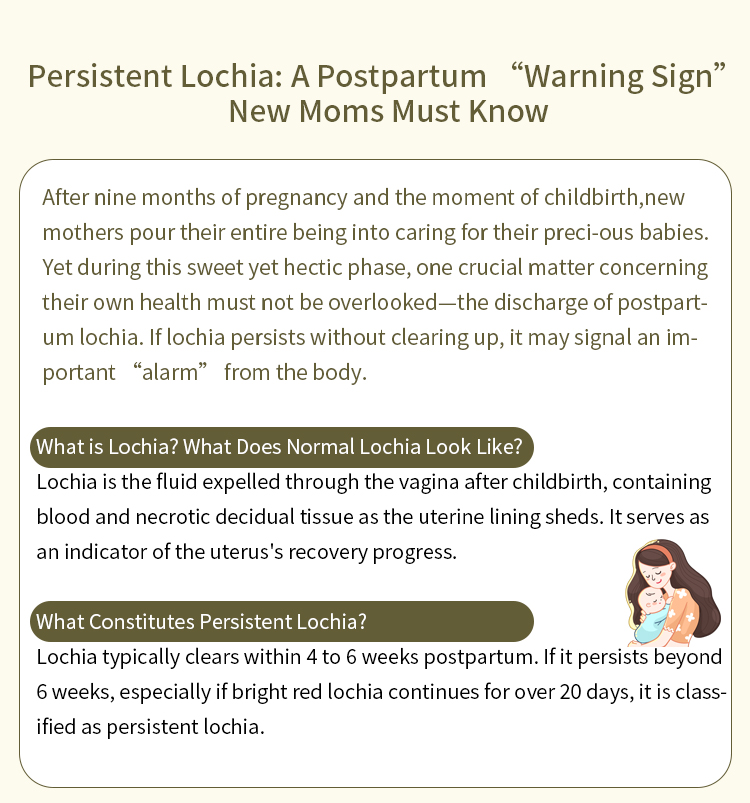Hiking Your Way to a Flatter Belly: The Science Behind Outdoor Exercise and Fat Loss
In recent years, the quest for effective weight loss strategies has led many individuals to explore various forms of exercise. Among these, hiking has emerged as a popular choice, not only for its physical benefits but also for its mental health advantages. One common question that arises is: Is hiking good for belly fat? This article delves into the relationship between hiking and abdominal fat reduction, supported by scientific insights and practical advice.
Understanding Belly Fat: The Basics
Before we explore the benefits of hiking, it’s essential to understand what belly fat is and why it matters. Belly fat, or visceral fat, is the fat stored around the abdominal organs. Unlike subcutaneous fat, which lies just beneath the skin, visceral fat is linked to various health risks, including cardiovascular disease, type 2 diabetes, and metabolic syndrome. Reducing belly fat is not only about aesthetics; it’s crucial for overall health.
The Role of Exercise in Fat Loss
To effectively target belly fat, a combination of cardiovascular exercise, strength training, and a balanced diet is recommended. Cardiovascular exercises, such as running, cycling, and hiking, increase heart rate and calorie expenditure, which are vital for fat loss. Hiking, in particular, offers unique advantages that make it an excellent choice for those looking to shed belly fat.
Hiking: A Comprehensive Workout
- Caloric Burn: Hiking is an effective way to burn calories. The number of calories burned during a hike depends on various factors, including the hiker's weight, the intensity of the hike, and the terrain. On average, a person weighing 155 pounds can burn approximately 430 calories per hour hiking at a moderate pace. This caloric expenditure contributes to a caloric deficit, which is essential for fat loss.
- Engaging Core Muscles: While hiking primarily targets the lower body, it also engages core muscles, including the abdominals and obliques. Navigating uneven terrain and maintaining balance requires core stability, which can help tone and strengthen the abdominal area over time.
- Interval Training Benefits: Hiking often involves varying intensities, especially when traversing hills or rocky paths. This natural form of interval training can enhance fat oxidation and improve metabolic rate, leading to more effective fat loss. Studies have shown that high-intensity interval training (HIIT) can be particularly effective for reducing visceral fat, and hiking can mimic this approach.
The Mental Health Connection
Beyond physical benefits, hiking has significant mental health advantages that can indirectly support weight loss efforts. The great outdoors provides a refreshing environment that reduces stress and anxiety. High stress levels are linked to increased cortisol production, which can lead to weight gain, particularly around the belly. By incorporating hiking into your routine, you not only improve your physical health but also foster a positive mental state conducive to making healthier lifestyle choices.
Practical Tips for Hiking to Reduce Belly Fat
- Choose Challenging Trails: Opt for trails with elevation changes and varied terrain to maximize calorie burn and engage more muscle groups.
- Incorporate Interval Training: Alternate between brisk walking and slower-paced hiking to mimic interval training, enhancing fat-burning potential.
- Stay Consistent: Aim for regular hikes, ideally 3-5 times a week, to establish a routine that promotes fat loss and overall fitness.
- Combine with Strength Training: While hiking is excellent for cardiovascular fitness, incorporating strength training exercises can further enhance muscle tone and metabolism, aiding in belly fat reduction.
- Mind Your Diet: Pair your hiking routine with a balanced diet rich in whole foods, lean proteins, and healthy fats to optimize fat loss results.
Conclusion: The Path to a Flatter Belly
In conclusion, hiking is not only a delightful way to connect with nature but also a powerful tool in the fight against belly fat. By engaging in regular hikes, you can burn calories, strengthen your core, and improve your mental well-being—all of which contribute to a healthier body composition. Remember, while hiking can significantly aid in reducing belly fat, it should be part of a holistic approach that includes a balanced diet and other forms of exercise. So lace up your hiking boots, hit the trails, and embark on your journey to a flatter belly and improved health.
